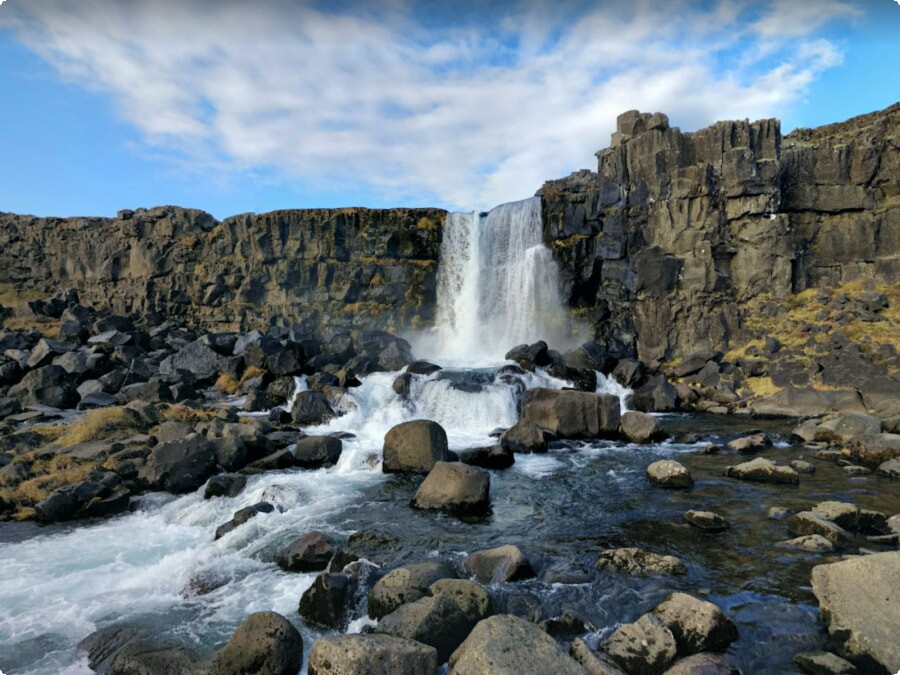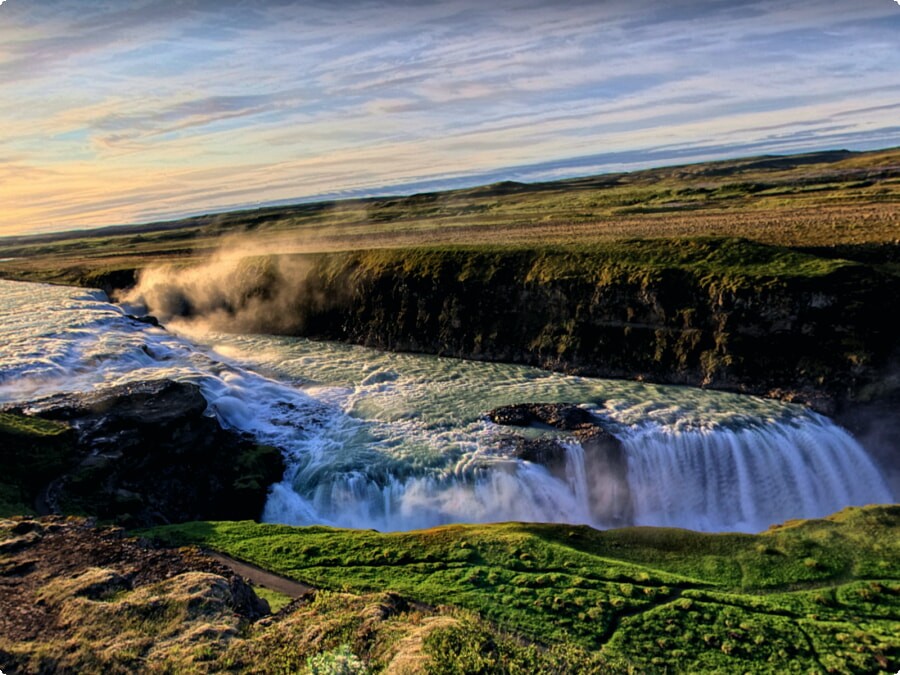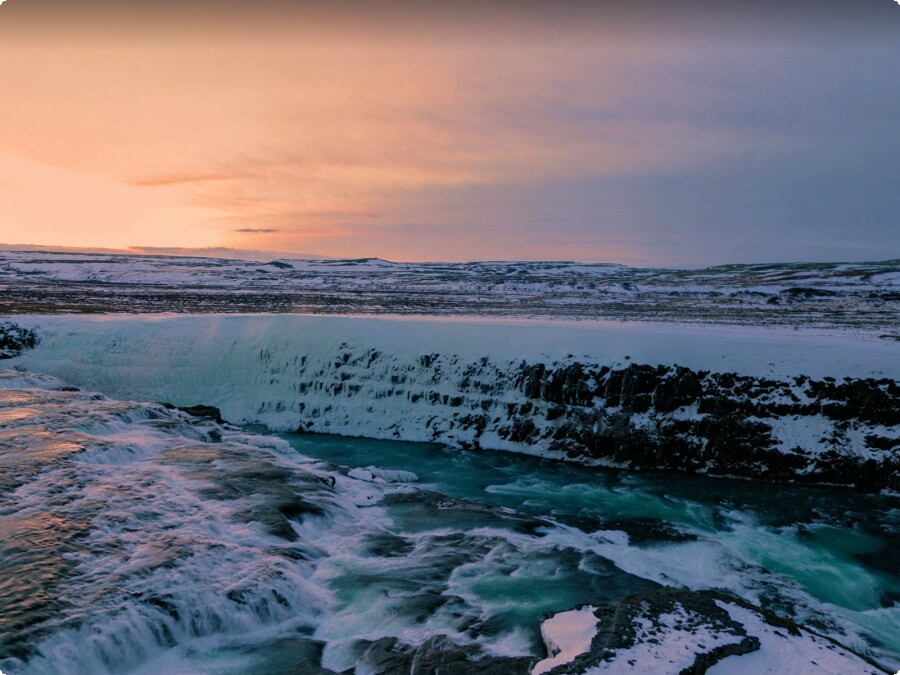Traveling to Iceland For the First Time
There are so many incredible things to see and do in Iceland. From the world famous waterfalls like Skogafoss to the breathtaking glacier lagoon Jokulsarlon.
But it’s easy to get caught up in all the excitement and forget to take the time to enjoy the scenery. To help you avoid this, here are a few tips to keep in mind when Traveling to Iceland For the First Time.
1. Plan Ahead
It’s important to know ahead of time how much a trip to Iceland is going to cost before you start booking flights and hotels. The truth is, Iceland is a very expensive country to travel in (especially if you choose to stay in luxury hotels and rent cars). A mid-range trip can run about $250 per day for a couple or family of four. This includes meals, accommodations, transportation and activities.
To help you budget for your trip, consider how many days you want to spend in Iceland and decide if you’d like to take part in any tours or excursions. Keep in mind that these activities can take up a significant amount of your day, and you may not have time to do other things on your list.
If you’re a nature lover, you might want to book some of the many tours available in Iceland that focus on fjords, waterfalls, glaciers and more. These can be incredibly exciting and educational, but they will also take up a lot of your time. If you’re a more adventurous type, you might enjoy taking some hikes and treks. These are usually more strenuous and require you to have a certain level of fitness.
If you’re looking to save money, try visiting Iceland in the offseason. Although summer is beautiful with arctic lupines blooming and the midnight sun, it’s also much more expensive and crowded. During the offseason, you’ll find that roads are open all over the country and tours that weren’t available during the summer can be experienced. Another tip is to bring a credit card because cash is not widely accepted in Iceland. Even paying for a bathroom in Thingvellir National Park requires a credit card.

2. Book Your Accommodations
When planning your trip to Iceland it is important to book your accommodations as early as possible. This is because hotel prices increase as the dates approach. This is especially true in high season.
The best hotels in Iceland are located close to popular tourist attractions like Reykjavik and the Ring Road. However, it is also important to choose a hotel that is located in an area where you can enjoy nature and get out and explore. For example, if you are traveling to the Westfjords, it is best to stay in a hotel in the area so that you can visit places like Dynjandi waterfall and the Latrabjard cliffs.
It is also a good idea to stay in a hotel that is within easy reach of public transportation. This way, you can take advantage of the local bus system to travel around and to see more of the country without having to worry about finding a place to park your car.
Another thing to keep in mind is that food in Iceland can be expensive. So, if you are on a budget, it might be a good idea to cook some of your meals. If you are staying in a hotel, make sure to ask the front desk staff if there is anywhere nearby that serves cheap meals.
If you are not planning on renting a car and are worried about driving in Iceland, there are a number of guided tours that leave from Reykjavik. These include the Golden Circle tour and the full-day South Iceland tour.

3. Book Your Tours
Whether you rent a car and explore Iceland on your own or book a tour package, be sure to book all of the day trips you want to take before arriving in the country. There are plenty of tours to choose from in Iceland, including the classic Golden Circle tour, whale watching on a luxury yacht, and a full day trip to Jokulsarlon Glacier Lagoon. Some tours also include additional experiences like thermal baths, glacier walks, or even Super Jeep tours.
While it’s important to spend some time exploring the capital city of Reykjavik, make sure to get out into the countryside as well. Iceland’s waterfalls, volcanoes and natural wonders are what really makes this place unique and worth visiting. In fact, one of the best things to do on a trip to Iceland is hiking up to see the erupting Fagradalsfjall Volcano.
If you’re planning on visiting during the high season (June-August), then it’s crucial to book your tours and accommodations in advance. This is because the best hotels fill up quickly, and it can be difficult to find a rental car if you wait until you arrive. Plus, many tours sell out completely.
It’s also a good idea to bring a credit card as cash is not widely accepted in Iceland. You can use your credit card at restaurants, attractions and some shops. Just be sure to check the exchange rate ahead of time so you know how much it will cost.

4. Book Your Flights
The most important thing to book when traveling to Iceland for the first time is your flights. Whether you are coming for the stunning landscapes, the geothermal hot springs or to see the Northern Lights, you need to make sure you have a flight that fits your schedule. For this, we recommend using Google Flights. It is one of the best flight search tools available and it has a lot of features to help you find the cheapest flights to Iceland.
If you are able to go to Iceland during the winter months, then you will have a much better chance of seeing the Northern Lights since there is less light and the sky is clearer. But this can also be more difficult due to the weather and road conditions, so we recommend being flexible with your travel dates if you want to visit during the winter months.
Another great time to visit Iceland is during the summer. This is the peak season for the country, so you will see a lot of people at the major attractions, but it is still an incredible experience. Plus, the temperatures are a lot more comfortable than what you would expect for a Nordic country.
Other good times to visit Iceland are in February and November. These are considered low season and you will have a better chance of finding cheaper flights and smaller crowds at the major attractions. Of course, you will have to deal with a bit of snow, but we think it is well worth it for the chance to see the Northern Lights and take in the stunning sights of Iceland while being surrounded by a blanket of white.

5. Book Your Car
A car is essential if you want to travel around Iceland. This is because public transport is scarce and hitchhiking can be quite difficult if you are traveling in high season (July, August and September).
Renting a car in Iceland can seem daunting as there are so many different options but it doesn’t have to be. The key is to book as early as possible. That way you can get a good price and avoid any last minute surprises. For example, in Keflavik Airport you can rent a compact class car from 20 euros per day, and in Reykjavik Airport from 21 euros per day. You should also pay attention to cancellation policies as some companies allow you to cancel your reservation for free if needed.
Another important consideration is what type of vehicle you want. There are a variety of different vehicles available to rent from sedans to campervans. Each has its own advantages and disadvantages. For example, if you plan on driving off the beaten path and into more remote areas you may want to consider renting a 4WD vehicle. This is because you will likely be traveling on “F” roads which are only suitable for 4-wheel drive vehicles.
If you do choose to rent a 4WD vehicle it is recommended that you purchase additional insurance. This is because it covers you in case your vehicle gets damaged due to nature. For example, if you drive through a riverbed and rocks are splashing against the windshield it is likely that your windshield will crack. And if that happens the insurance will cover the cost of replacing it.
It is also a good idea to pack an emergency kit in case you are stuck somewhere on your road trip. This should include a first aid kit, an extra blanket and some snacks.